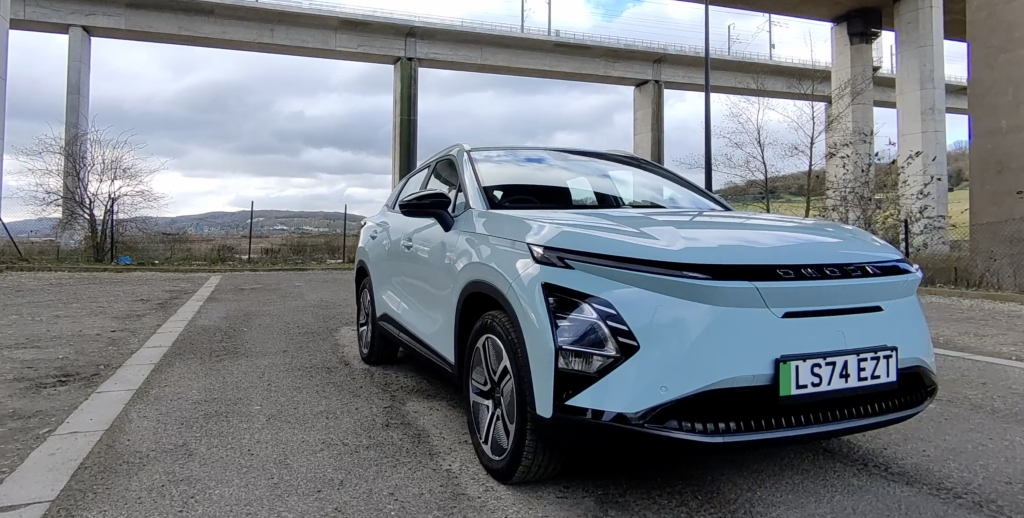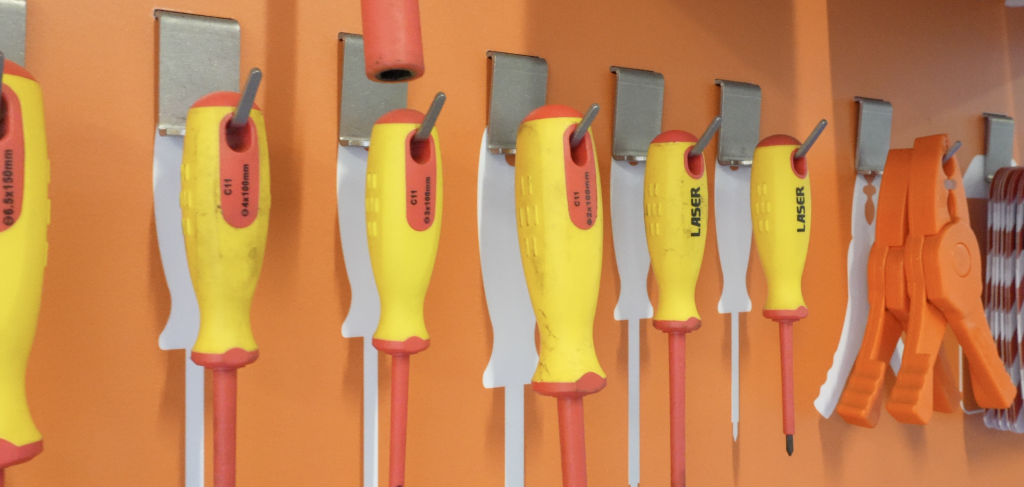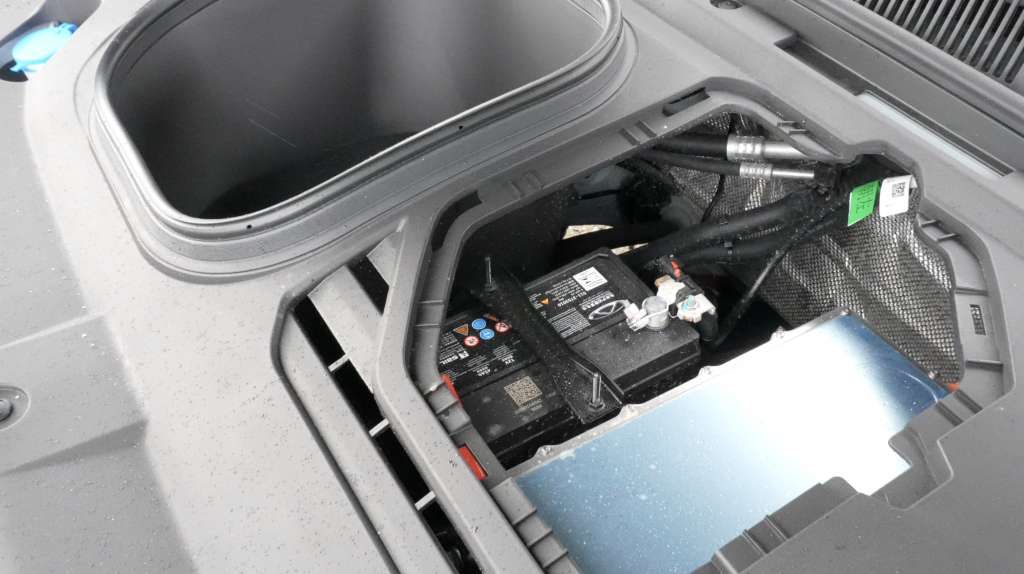Should garages be preparing for EV servicing and repair work, and if so, what are the key areas to focus on? Auto Repair Focus Editor Phil Curry explores the market.
Love them or loathe them, there can be no denying that electric vehicles (EVs) are here to stay. Together with hybrids, they may represent a small segment of the UK car parc, but their number is growing. This means EV servicing and repair will be an increasing part of the independent sector.
Since 2019, the number of full hybrids registered in the UK has grown by 166.1%. In the same timespan, registrations of plug-in hybrids (PHEVS) have increased 377.9%. Meanwhile, battery-electric vehicle deliveries have grown by 909.2%.
In 2024 alone, a total of 810,546 hybrid and EV models were added to UK roads. With this growth, alongside a decline in petrol and diesel registrations, this figure could top one million by the end of 2025.
‘If the government and other bodies have their way, then as of 2030, hybrid and electric is all we will see in the new-car market,” commented Mark Softly, Technical Director at The Tool Connection.
“It is already a growing market, and it will continue to be a growing market. Only now are we seeing EVs coming onto the second-hand market in real numbers, and they have become a lot more affordable. They are also proving to last very well.”
Rise of the EV
With the growth in the EV marketplace and the government’s plans to phase out any internal-combustion engine vehicle by 2035, the automotive sector in the UK is set on a path to zero-emission motoring.
This means that, once again, the aftermarket is being governed by regulations imposed on others. But workshops are in a slightly different position. With the petrol and diesel parc unlikely to disappear overnight, should workshops be considering adding EV servicing and repair to their remit?

Andrew Waite, Product, E-Commerce & Marketing Strategy Manager at Ecobat, added: “The technology is quite different to ICE vehicles. The training that a lot of workshop owners had around motor vehicles was some time ago and predates the high-voltage systems that you are seeing on modern vehicles today. So, what we would certainly like workshop owners to consider, is the opportunity that these vehicles present.”
I think workshops should absolutely be considering EV servicing and repair with the growth of the EV market,” commented Ann-Marie Dean, National Sales Manager at Dayco. “If workshops are not looking at working on EVs, they are not going to remain relevant for very long. So it is absolutely important for them to start looking at the training and the infrastructure to be able to work on EVs. Otherwise, I think at some point in the future, they are going to struggle for work.”
The garage view
With 2.8 million hybrids and EVs on UK roads, according to 2023 motorparc data from the SMMT, plus an additional 800,000 registered in 2024, the number of these vehicles in local areas is increasing. As these vehicles get older, and enter used-car channels, ties to franchised dealer networks decrease. Warranties expire, and driver look for independent workshops. Growth in EV servicing may be slow, but it will grow.

The mix of orange high-voltage cables, alongside the traditional red and black power wiring, is likely to put off DIY mechanics as well. This may mean more opportunities for EV servicing work as the market improves.
“The EV work started off quite slowly, and at first we lent quite heavily on traditional servicing,” commented Dean Mills from The EV Workshop. “But in the last 18 months it has really taken off. We are seeing several vehicles a week into the garage.
This includes more than just EV servicing, and things like repairs on the high-voltage side, as well as the 12-volt systems.”
With EVs featuring fewer moving parts, servicing work could be reduced. But as Mills highlights, there is still plenty to consider.
“Specifically talking about EV servicing, you have a pollen filter, screen wash, your usual tyre pressures, brake check, suspension check, lubricating door hinges, but it is much quicker and easier for a routine service and cheaper for the customer as well. There is no engine oil, although the reduction gear requires a transmission oil of a sense, and they do tend to require a brake fluid change more often than traditional vehicles.”
Tools to consider
Garages do not have to get involved in working on the high-voltage systems. If this route is taken, however, investment is critical, not just in training but also the right tooling.
“If a garage is going to commit to offering work on the high-voltage system as a service, then they really do need to go and get the training done. and get the right equipment and the PPE to do it safely and efficiently,” added Mills.
Insulated tools are vital for hybrid and EV servicing and repair work. They can help to protect against any electrical shock, should the tool come into contact with any of the high-voltage system.

“All insulated tooling needs to be 1,000-volt safe, and must be to a certain standard,” stated Softly. “The most obvious thing is that the tooling is bright orange, or bright yellow. That makes it stand out, and also means potential defects in the insulation can be noticed, and the item discarded.
“With insulated tooling that has mechanical mechanisms, like an insulated ratchet, if you have to repair it, you will need to break the insulation. This means it is no longer protected against high voltages, meaning it will not be suitable for EV servicing.”
Training is key
No matter what level of work you are considering when planning EV servicing and repair, training is essential. Not only is the technology different when compared with traditional ICE vehicles, but the risks associated with the powertrain are different too.
It is absolutely worth technicians having some training first before undertaking any work on electric vehicles,” commented Waite. “It is worth going on some IMI approved technical training, so that the workshop is set up to accommodate EV servicing, everybody knows how to how to safely work on them, and is fully up to speed with the risks.
Ben Stockton, Managing Director at Our Virtual Academy, added: “EVs are a very different beast. Even when thinking about brake bleeding, the brake bleeding procedures can be hugely different. There is several different types of liquids, cooling circuits that are found on these vehicles. In some instances, specialist types of cooling and coolants are required.
“Even starting from understanding the lingo through to high voltage work, repairing high voltage batteries, training is an absolute necessity throughout. Plus, a lot of EV drivers are knowledgeable. A lot of them are the early adopters. I think it is very important that people understand what they are talking about, and will want to be confident in the garage they choose to undertake any EV servicing and repairs.”
Keeping the basics
Despite the new powertrain technology, an EV is still a car. It still has four wheels and tyres, and many other components that regular vehicles have. Many of these are serviceable items that technicians will already be competent on, although training is still essential. Therefore, EV servicing does offer a familiar path.
“There are still serviceable items such as the steering suspension, which is absolutely crucial,” stated Dean. “You need to be able to check all the steering suspension for wear and tear. EVs also have regenerative braking, so again, it is important to check on the brakes.
“There is some argument that the brakes, particularly when regenerative braking is being utilised, can get a little bit underused. In this case, the discs can become rusty and need a bit of attention. And then the cooling system, so obviously EVs have quite specific cooling systems for the battery so they need to be checked and maintained as well. So whilst they certainly need some specialist training for the high voltage battery, there are still serviceable items that the general garage can check and maintain.”

While much talk centres around the high-voltage batteries, EVs also feature a 12-volt battery under the bonnet, another item that technicians will need to be aware of, and one that can make up part of an EV servicing programme.
“The 12-volt battery is playing a mixed role in EVs,” added Waite. “It is not just cranking the internal combustion engine, but is managing all of those low-voltage systems, including lights, heating, the touch screen display, as well as the door locks and the alarm.
“It also powers the vehicle’s onboard computer and diagnostic systems, and it does provide a function to the starting of the vehicle. So, when you first start the EV, those low-voltage systems are engaged before the high-voltage system starts.
“We believe these batteries last three to four years, which is typical of an ICE battery. The way that they are used is quite different, it is much more cyclic in its nature. Because the technology is new and there are an awful lot of software developments happening, the battery can face a lot of draws that are very different to an ICE battery, which can shorten its life.”
The heat is on
With an ICE engine, the cooling system works in tandem with the engine to provide comfort to passengers while keeping the engine running at optimal temperatures. In an EV, this is different. The battery pack requires lots of cooling, while air is diverted to the cabin as an afterthought. This is one example of the differences technicians need to be aware of when it comes to EV servicing and repair.
Thermal management is crucial simply because the battery pack has to operate under the right circumstances on the right temperature,” commented Michael Ingvardsen, Global Technical Training Manager at Nissens. “There are different ways of cooling down and heating up a battery pack and everything else that goes around in an EV, but the air conditioning or heat pump system which we are seeing, does give you that cooling and heating efficiency.
We have to remember that we are looking at a normal air conditioning system. A lot of people do know how they work, but in an electric vehicle, the importance of this is much higher, because whatever happens in the cabin, whether it is warm or cold, the car does not really care. What is most important is that the battery pack has the right temperature. So the practices that first it cools or heats out the battery pack and then second it looks at the cabin itself.”
EVs are coming
No matter what your stance, EVs will be coming into independent workshops more and more. Whether the new-car market slows, or booms, there are still millions of hybrids and EVs on the road, meaning EV servicing will be vital in the years ahead.
“For workshops to get into the market of EV servicing is highly crucial,” stated Ingvardsen. “In the UK there are around 2.8 million hybrids and EVs, so not many in the car parc [based on 2023 data]. But this is growing rapidly. So, getting into it now is crucial instead of later, because if not, then a lot of mistakes can be made, at a time when drivers will be looking for trustworthy servicing.”
Therefore, planning for EV servicing should be a core component of business preparation going forward. Training is vital, and investment is essential. However, with the more complex jobs comes the potential for return on investment. EVs are part of the future, and therefore, EV servicing must be too.






You must be logged in to post a comment.